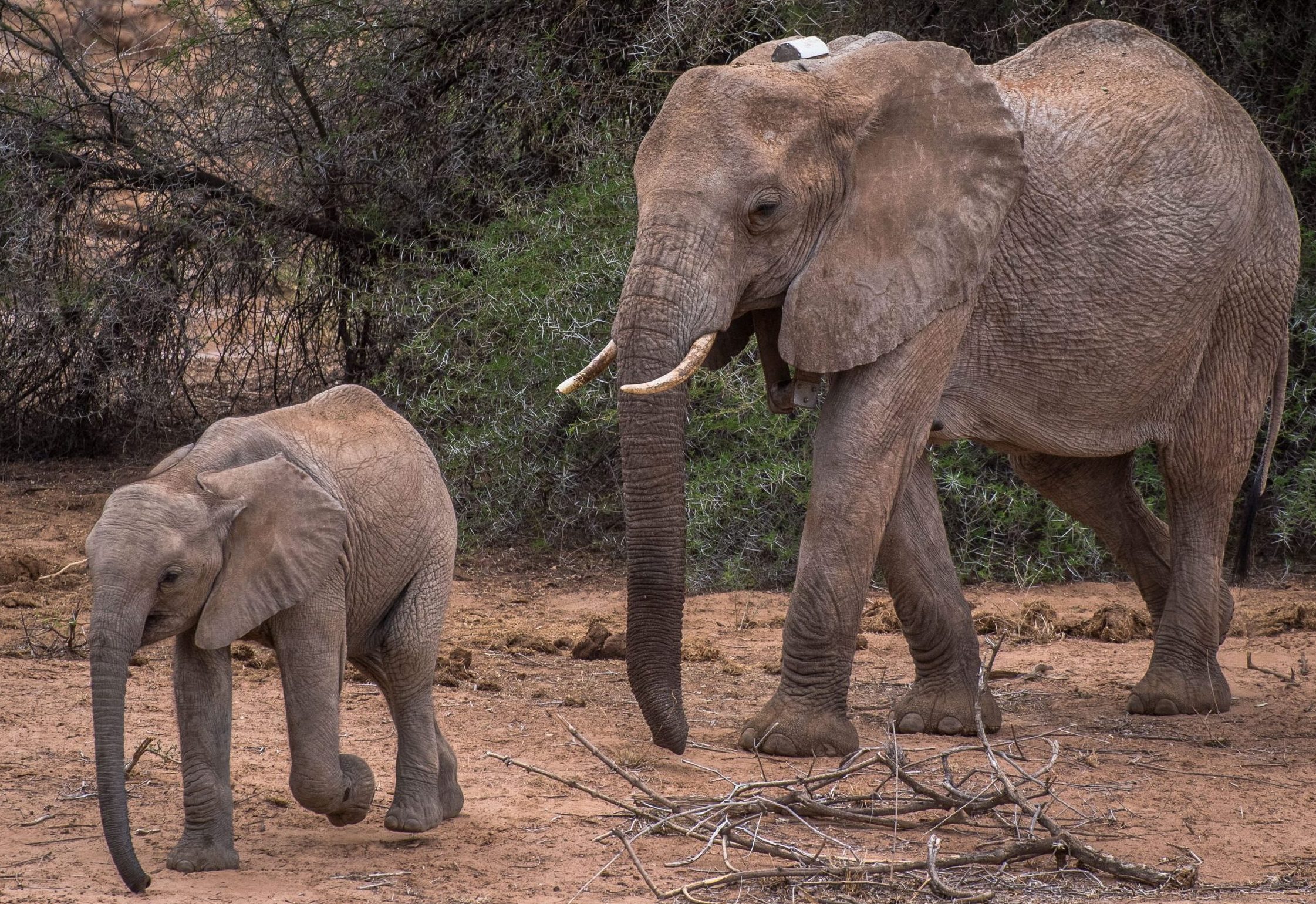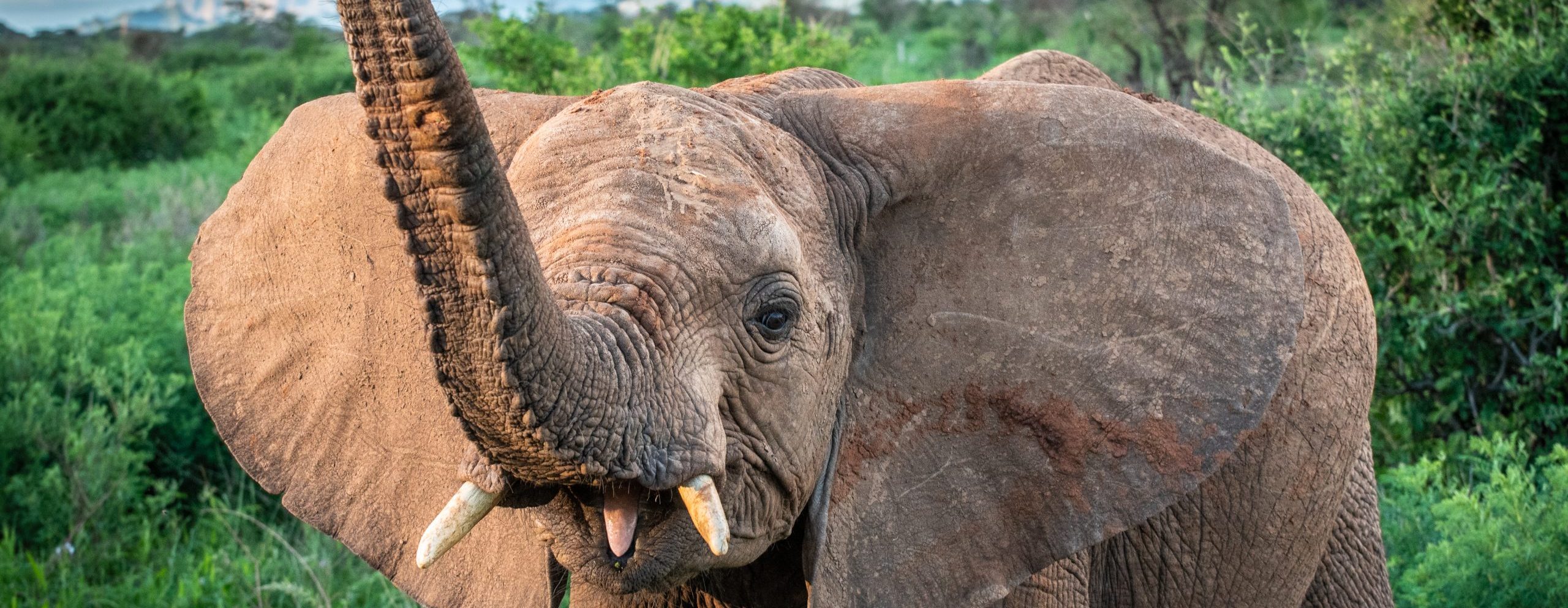The smartphone revolution is bringing benefits for elephants. The proliferation of small, economical sensors for use in cellphones has allowed us to start using these sensitive devices to better understand – and protect – elephants.
Accelerometers detect motion by sensing g-forces, and when placed on animals can be used to measure body orientation, overall activity levels and specific behaviors of elephants (Soltis et al, 2012). With this new device, elephants can be monitored more effectively, and alarms could be sent within minutes of potentially deadly confrontations such as poaching or human-elephant conflict.
So far, our work – conducted in close collaboration with Joseph Soltis and Disney’s Animal Kingdom – has shown that elephant behaviors are detectable using accelerometers, but some behaviours were more readily distinguished than others. In general, for the captive elephants tested in the first phase, swaying, walking, and feeding were the most easily differentiated, while bathing was often confused with feeding and walking (Soltis et al, 2012).
In February 2013, the new collars were fitted on wild African elephants in Samburu, and we are looking forward to announcing new insights on elephant behaviour and how they spend their time. Crucially, the data will move us closer to one of our goals which is to use the new technology can be used to rapidly detect the difference between an elephant that has chosen to take a rest, and one that is in trouble.






